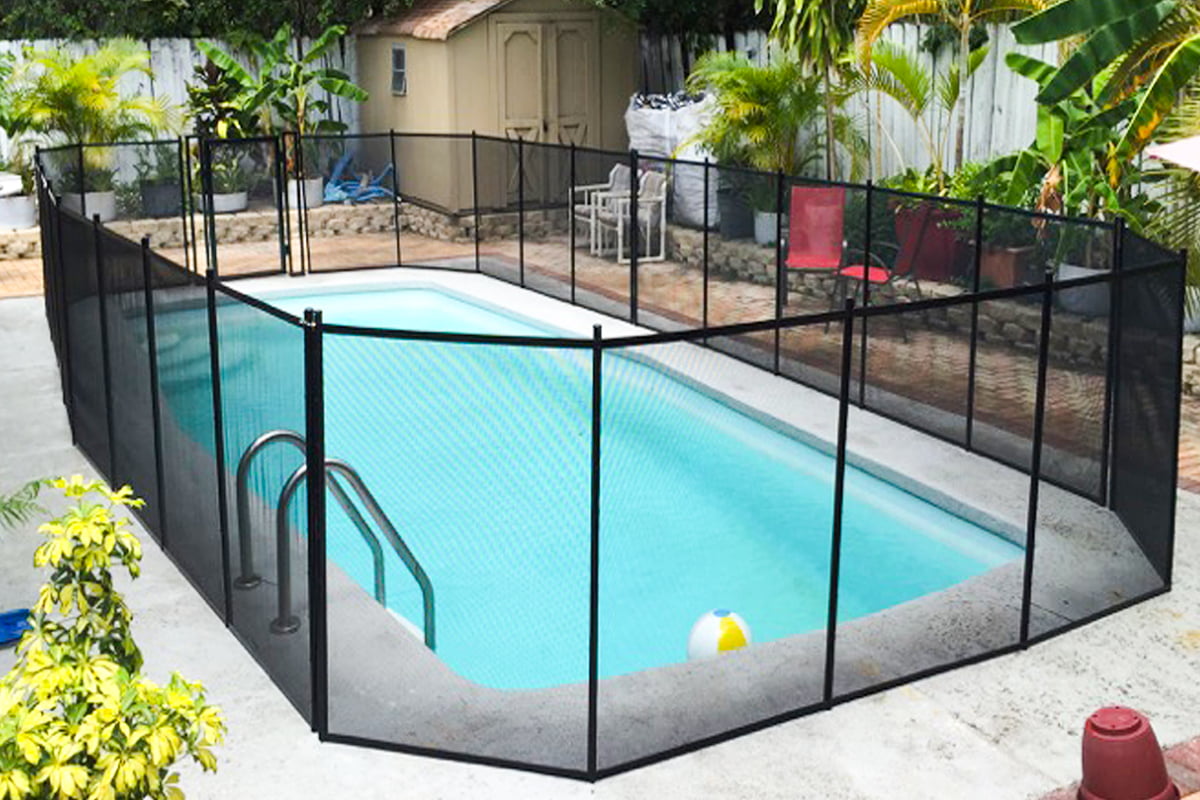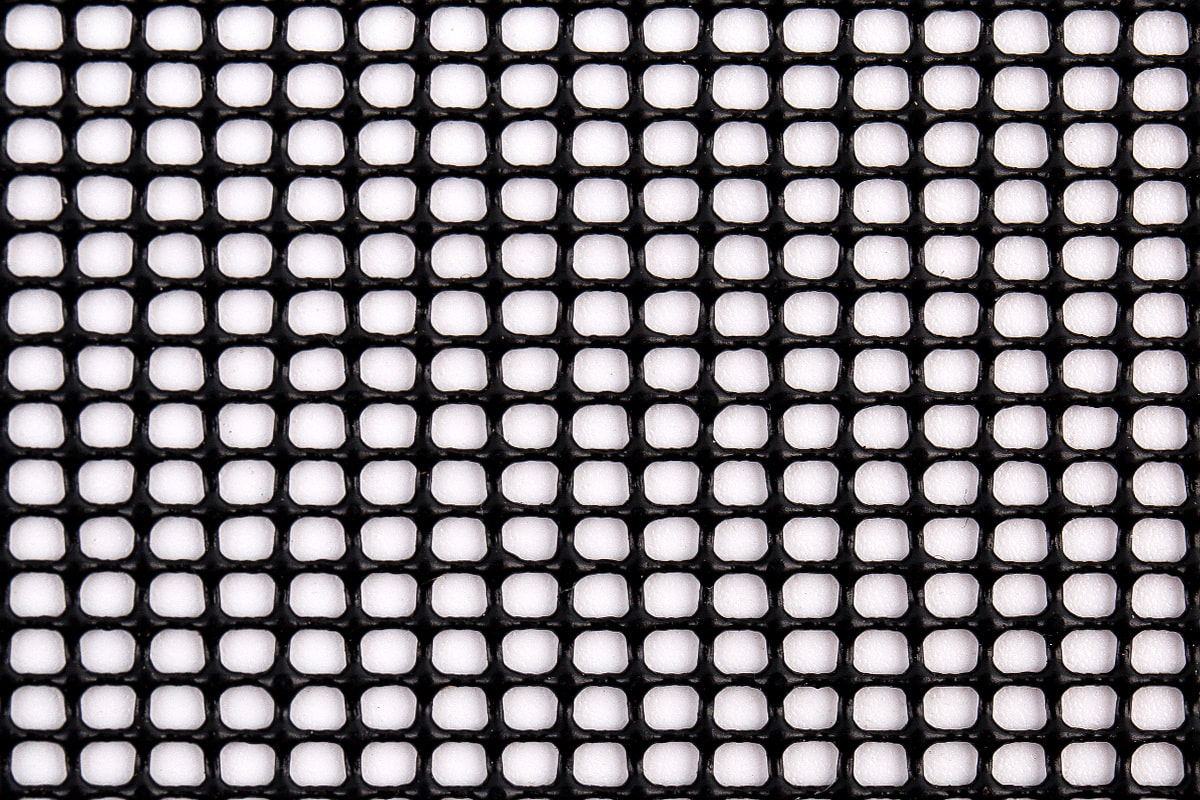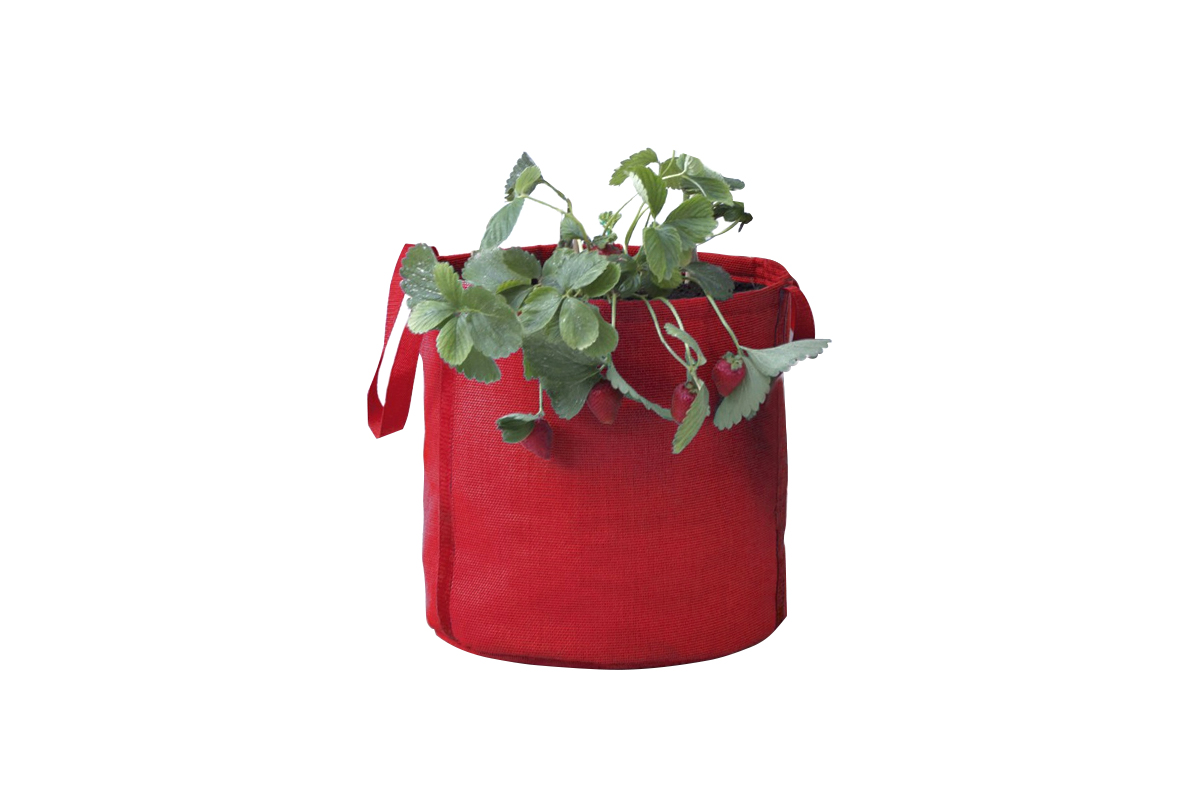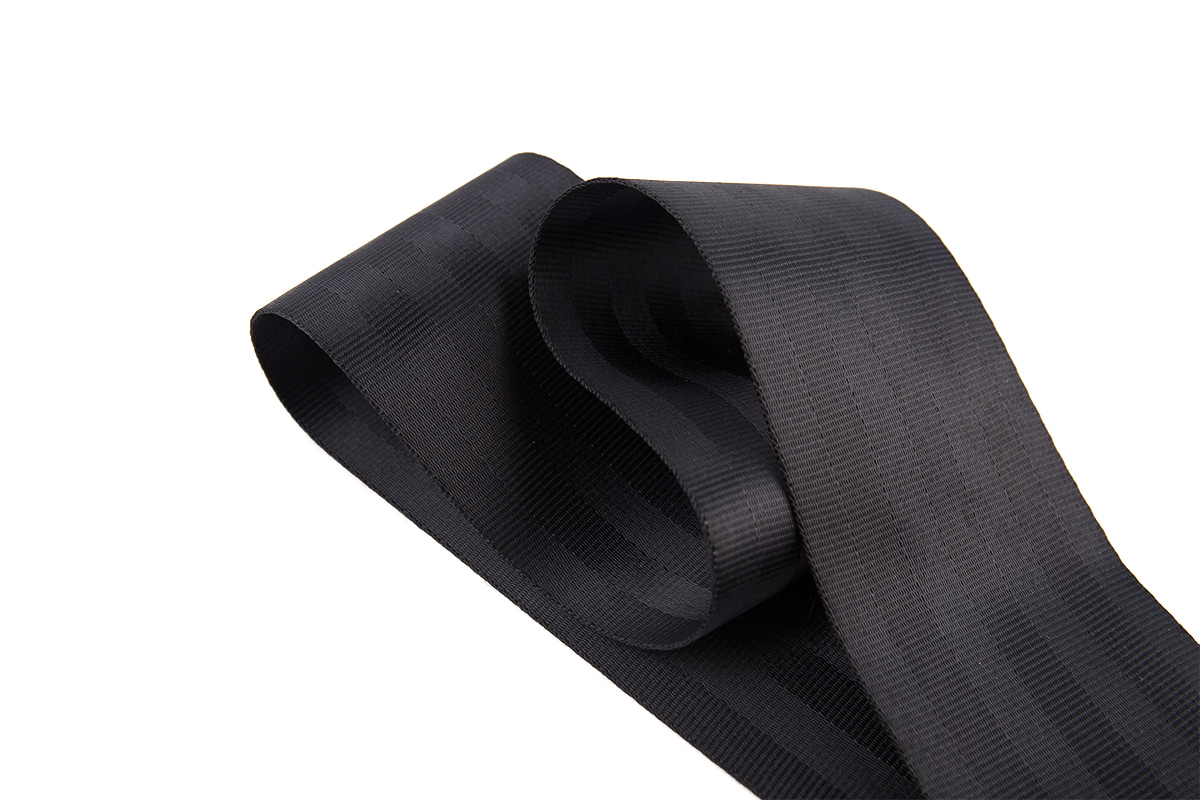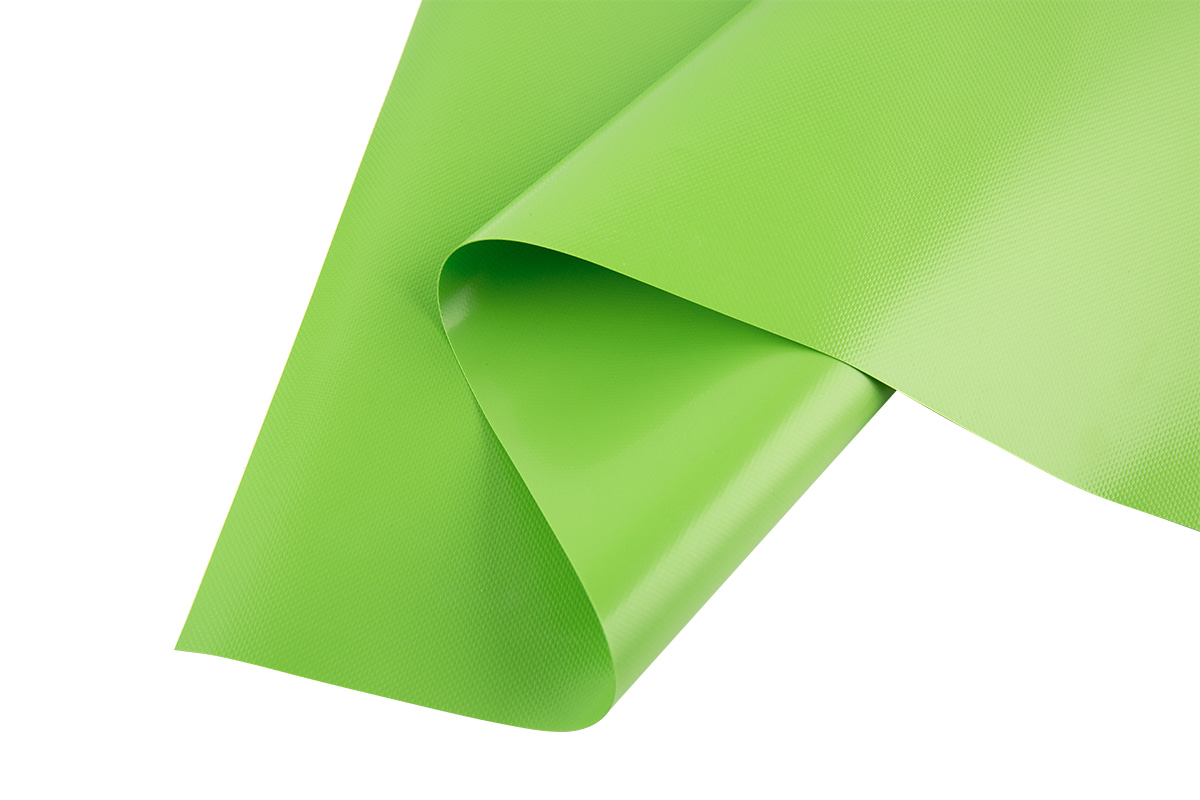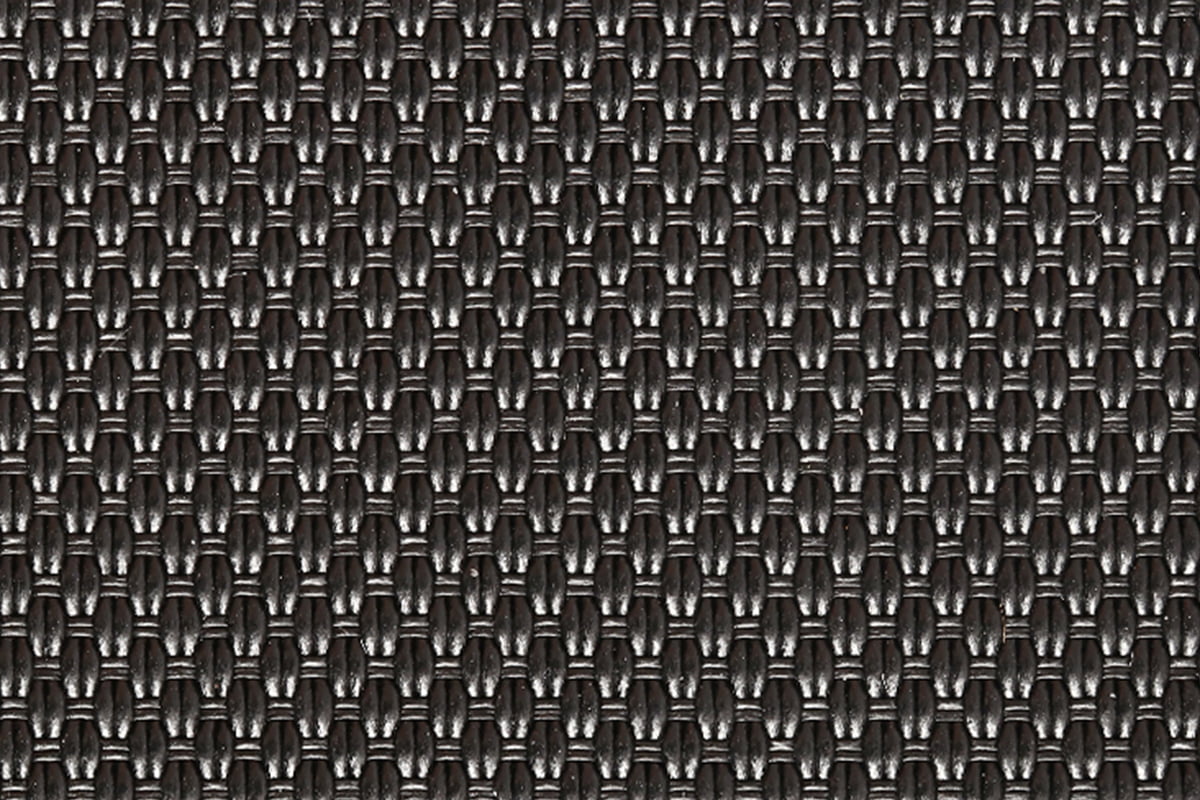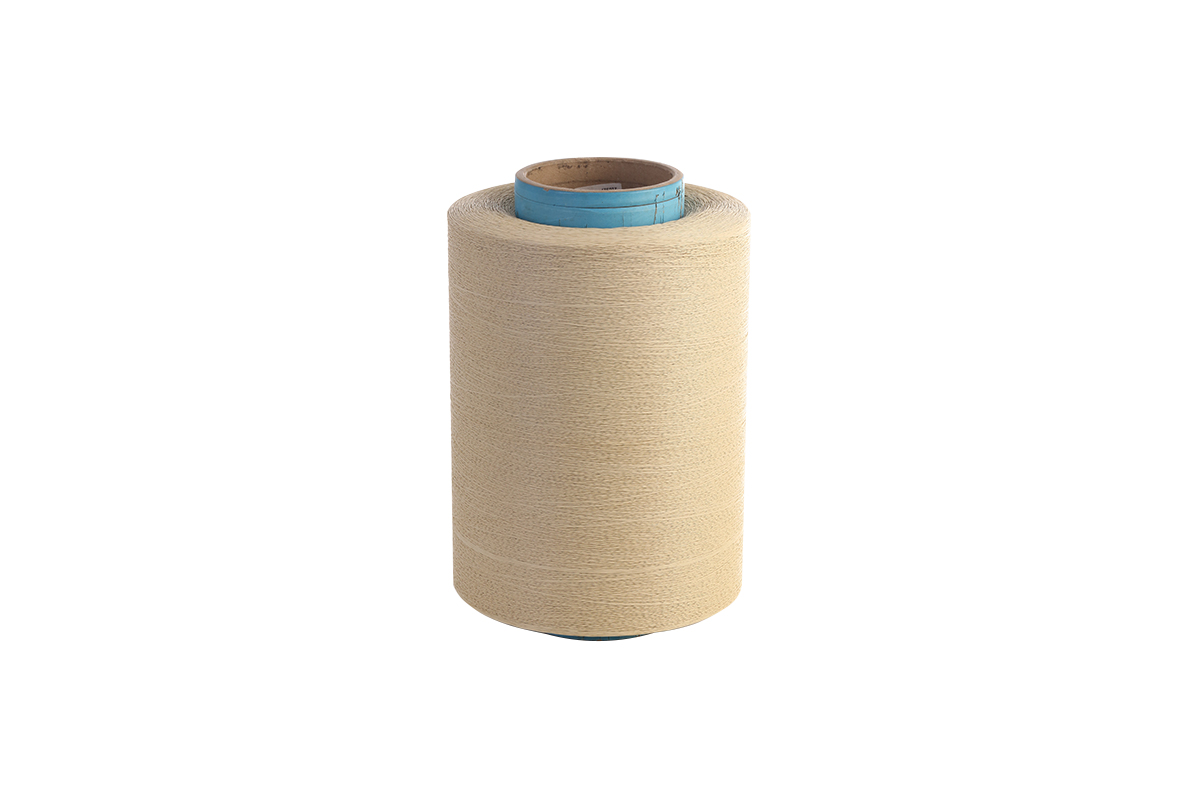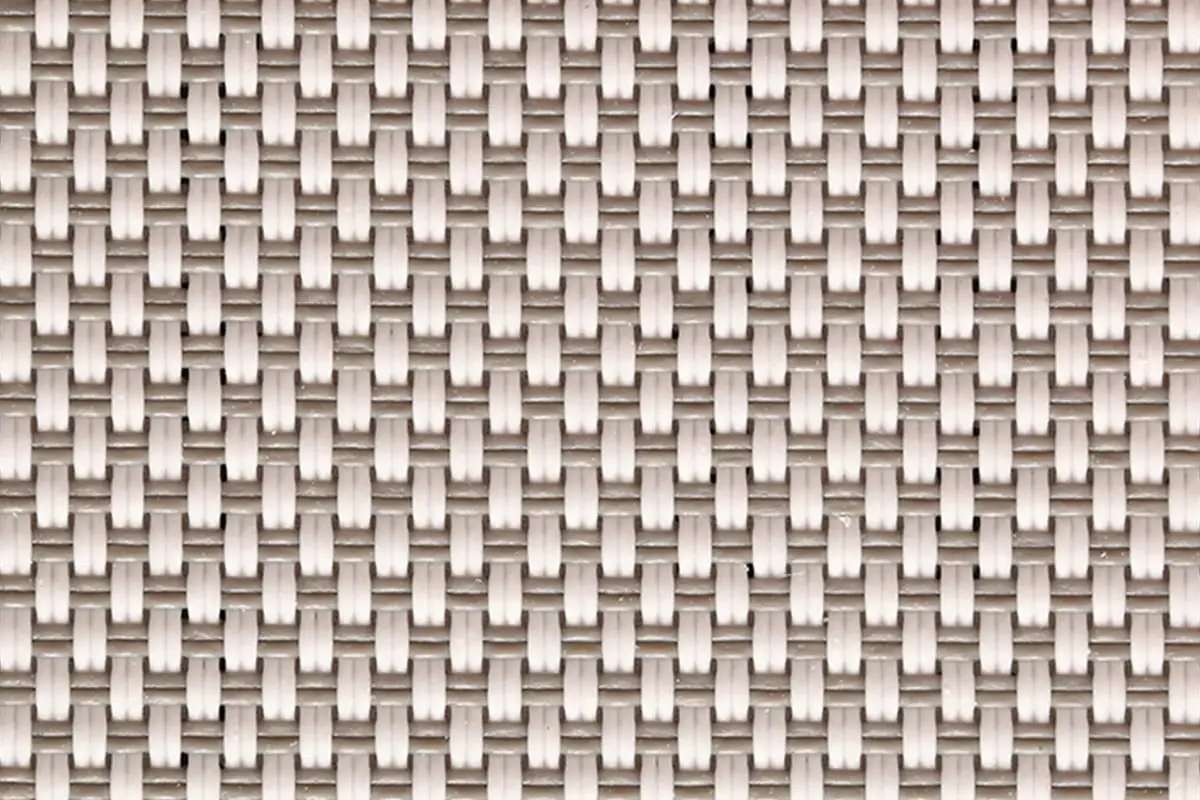
Sunscreen mesh fabric has become a popular choice for outdoor applications such as shade structures, pergolas, and patio covers. Its ability to block sunlight while allowing airflow makes it practical and versatile. However, one key consideration for consumers and businesses is durability. How well does sunscreen mesh fabric hold up under outdoor conditions?
Material Composition and Strength
The durability of sunscreen mesh fabric starts with its material. Most fabrics are made from high-density polyethylene (HDPE) or polyester, often coated with UV-resistant layers. These materials are designed to withstand sun exposure without degrading quickly.
Weaving techniques also play a role. Tightly woven meshes resist tearing and fraying, while reinforced edges and hems reduce the risk of damage under tension. A well-constructed fabric maintains structural integrity even in windy conditions, ensuring consistent performance over time.
Resistance to UV and Sun Exposure
One of the main challenges for outdoor fabrics is prolonged exposure to sunlight. UV rays can weaken fibers, causing to discoloration or brittleness. Sunscreen mesh fabric is specifically engineered to resist UV degradation. High-quality fabrics retain their strength and color despite months or years of exposure, making them suitable for long-term outdoor use.
Regular maintenance, such as cleaning and avoiding sharp objects, further enhances the lifespan of the fabric. In areas with intense sun, fabrics with higher UV resistance ratings provide additional protection against fading and structural wear.
Water and Weather Resistance
Outdoor fabrics must also withstand rain, humidity, and temperature fluctuations. Many sunscreen mesh fabrics are water-resistant or quick-drying, which prevents mold, mildew, and water damage. Breathable meshes allow moisture to pass through, reducing the risk of pooling that can stress the material.
Wind is another important factor. Durable fabrics can endure moderate gusts without tearing, especially when installed with proper tension and reinforced fixtures. Seasonal weather changes, including hot summers and cool winters, can test the resilience of the material, and high-quality fabrics are designed to accommodate these conditions.
Maintenance and Longevity
Proper care significantly affects the durability of sunscreen mesh fabric. Cleaning the fabric with mild soap and water, avoiding harsh chemicals, and storing removable sections during weather can extend their service life. Inspecting attachments and tension regularly helps prevent accidental damage.
With routine maintenance, quality fabrics can last several years, providing reliable sun protection and aesthetic appeal. Investing in reinforced stitching and UV-protective coatings further ensures longevity.
Applications and Practical Considerations
The durability of sunscreen mesh fabric makes it suitable for a variety of outdoor uses, including patios, gardens, carports, and commercial shading solutions. It combines functionality with flexibility, allowing easy installation and adaptation to different outdoor settings. Knowing the material's performance characteristics helps users select the right fabric for their specific environment and needs.
Sunscreen mesh fabric demonstrates strong durability in outdoor conditions when made from high-quality materials and installed properly. Its resistance to UV rays, water, and wind, combined with proper maintenance, allows it to provide long-lasting protection and aesthetic value. For homeowners, landscapers, and businesses seeking reliable outdoor shading solutions, understanding the factors affecting fabric longevity ensures the performance for years to come.

 en
en Español
Español